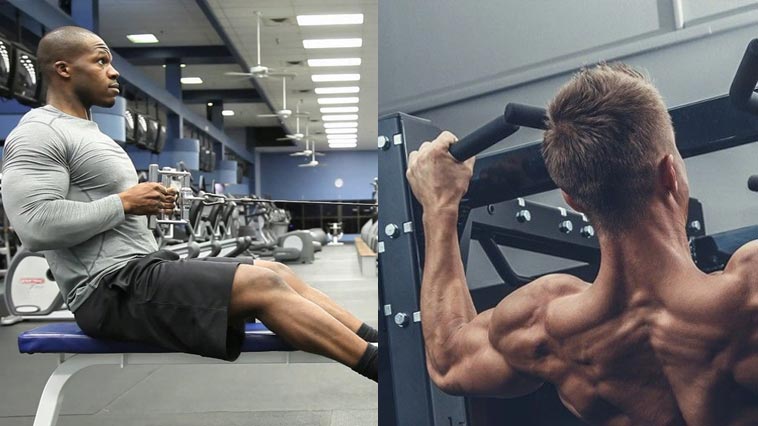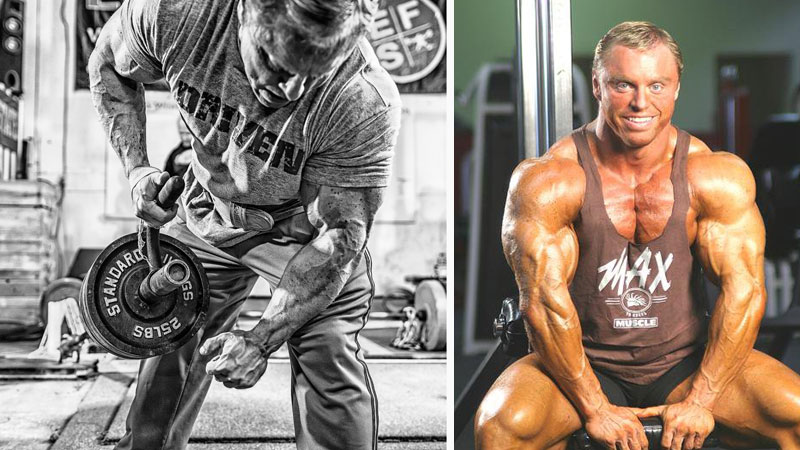
Let’s face it, getting older sucks. You have to worry about every move you make, every step you take, every weight you pick up. It’s not really that bad, but you really do have to start training smart and build a strong back if you want to remain mobile.
Time and time again, you hear people complain about back issues at work, in the gym, and even use that as an excuse to skip squats. While this sounds good in theory, you’re doing yourself more harm than good.
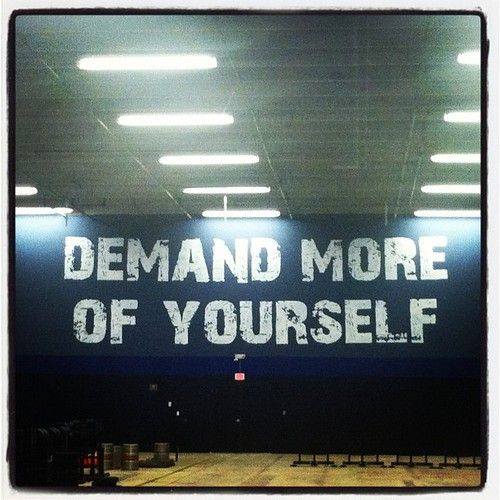
Building a bulletproof back has been a mission of mine for some time. Nobody wants to deal with pain daily — it affects your quality of life, and you are limited on what you can do.
Some of these tips may go against your physician’s wishes, so please get a second opinion before attempting.
Don’t Be Afraid Of Pain
We all pick up small pains in our everyday lives, but which ones should we be afraid of? If you’ve ever pulled your back, you know the excruciating pain and weeks of being unable to lift… it’s just not fun.
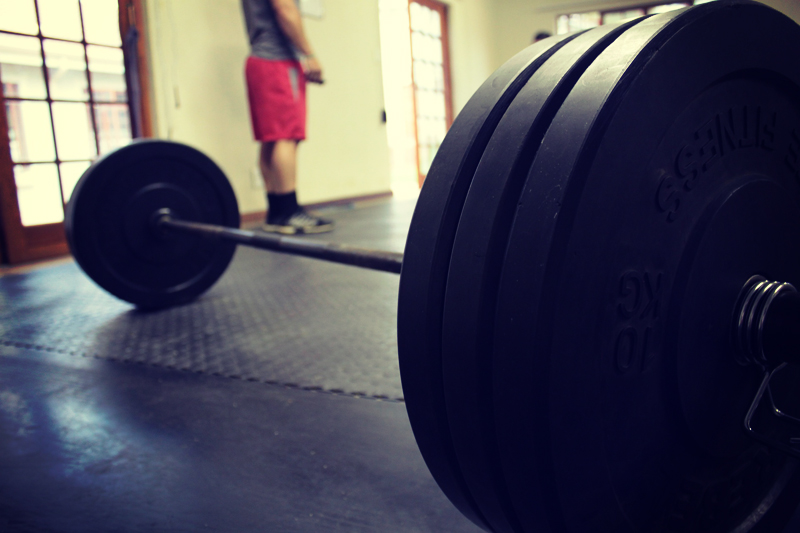
Fortunately, there are only a few reasons (other than genetics) why your back gets injured:
- You did not have the mobility to get into that position without compromising your back.
- You slowly but surely lost the muscle endurance to keep your back safe.
- You simply weren’t strong enough.
So instead of running from anything that involves heavy lifting, let’s tackle your injuries head-on.
Think Strength, Not Stretch
A strong muscle is a tight muscle. When you start stretching a muscle, it gets weaker and more mobile.
According to Dr. Stuart McGill, most of our back problems stem from an inability to deal with flexion, rotation, or both. He mentions that about 80% of his clients who come to his clinic for treatment alleviate their lower back pain by ceasing to stretch that area.
The problem is, most doctors will give contradictory advice and say to stretch the injured area.

…most spine dysfunctions occur because of excessive relative flexibility, particularly at specific segments, rather than at the segment of reduced flexibility.
Excessive relative flexibility means that the area is not strong enough and is hypermobile. These hypermobile muscles (weak muscles) put your back at risk. Generally, when an area is “spazzing out,” it is due to the muscle barely being able to hold on.
The cure for your lower back pain doesn’t come from addressing your spine, but it instead comes from regaining mobility lost in your hips and T-spine. Overall core strength will need to be improved on as well.
Addressing your back issues with some basic exercises will allow you to regain movement in areas that need it while strengthening areas that are too mobile.

These positions include:
- Lying
- On All Fours
- Kneeling
Heal Up First
Before we get into the exercises, take the time to heal. If you have any back injuries, they should heal within 6 weeks.
Try to avoid sitting as much as possible. If you have a desk job, try to get up and move every 30 to 60 minutes to get the blood flowing.
Consistency is key; don’t rush this process, do the exercises properly, and enjoy the benefits of a bulletproof back.

Before we jump into how to build a stronger back, this will not involve heavy deadlifts and barbell rows. In fact, most can be done without using a single weight.
Floor Exercises
Starting on the floor will be easiest, so let’s start there. This leg raise pattern will increase your hip mobility and if holding a weight in your hands, will increase core strength.
Next, superset the leg raises with rib grabs. The rib grab is a movement that doesn’t work off of a passive stretch; instead, you are using core muscles to achieve a larger range of motion. This will develop the strength as well as increase mobility where needed.
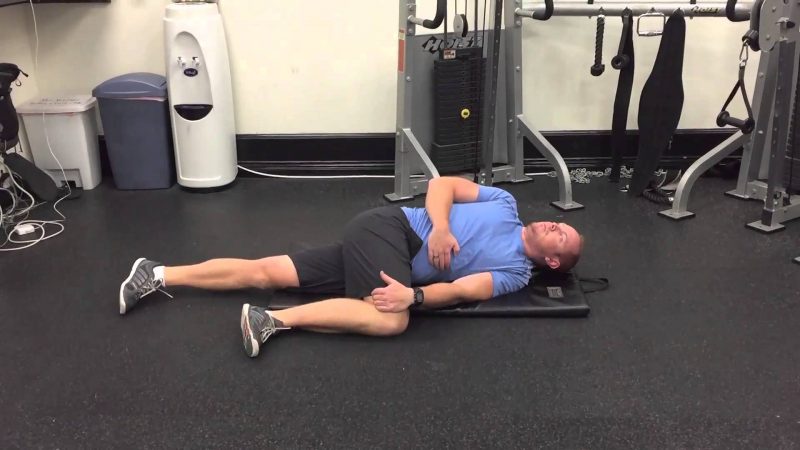
For our finisher, let’s do some upper-body rolling. For most individuals, you will not be able to do this exercise properly until you spend some time gaining mobility in your T-spine and hips. Do not attempt this exercise unless you are mobile enough — bringing mobility issues to a motor control exercise will not help your back issues.
On All Fours Exercises
Next up, this exercise will be a combination of exercises that you will do in the all fours position. The two exercises you will be doing are called the fire hydrant and some T-spine rotations. We’ll do some core work while we are in this position, which will build some serious strength.
Slow and steady will win the race here.
Kneeling Exercises
This final exercise is the last transition from floor-based exercises to standing. Lunges are an extremely important exercise due to its ability to effectively increase mobility and increase your overall strength.
The kneeling position is great because it will help open up tight hips while allowing you to have a greater control over your balance. Once you get to this stage, your mobility issues should be addressed and you will start to strengthen your back and core.
The half kneeling halo (pictured below) is a great exercise you can do to address all of your stability and strength issues. This exercise will take some practice, but once you have it figured out, it will be your favorite exercise.
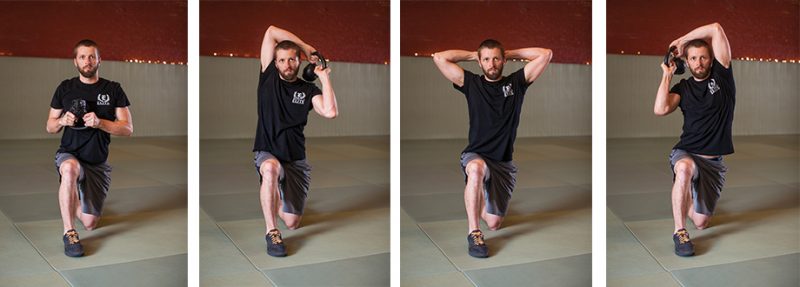
Wrapping It All Up
Once you are able to do these exercises consistently and without pain, you will be able to return to doing standing exercises.
Since you will need to work on your mobility and strength consistently, a sample warm-up would look like this:
- 1 set of 7 reps of each: leg lowers, rib grabs, upper-body rolling
- 1 set of 7 reps of each: fire hydrants, T-spine rotations, 10-meter crawls
- 1 set of 10 reps: half kneeling halos
Want to start trying some standing exercises? One great exercise we recommend would be single leg dumbbell deadlifts. Form is king here, and once you are able to do these consistently, your back will be bulletproof and you will be able to train injury-free.






